Your Cart is Empty
5 min read
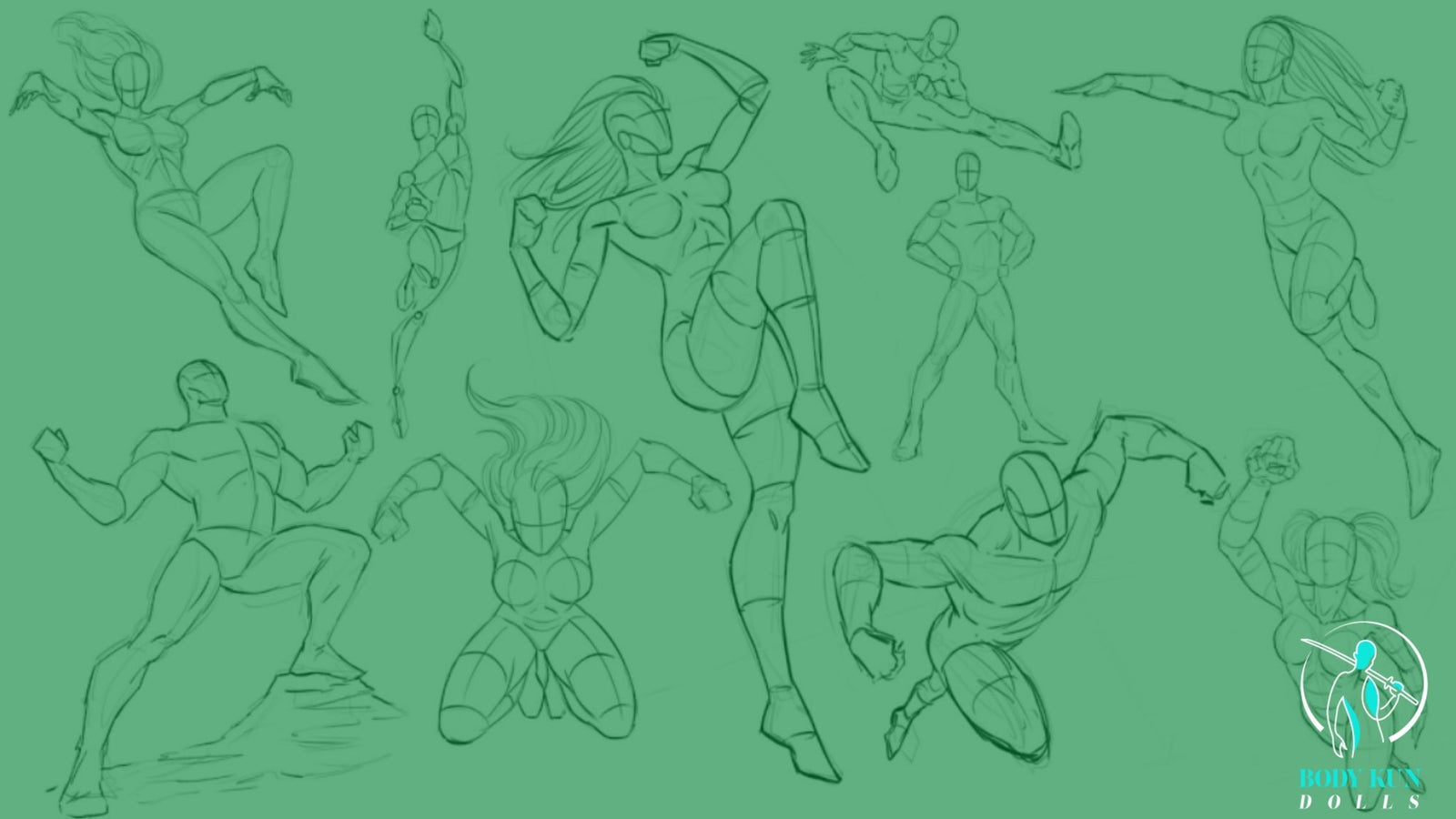
One of the crucial things while drawing human figures is to get perfect poses. However, if you don’t follow the basics correctly, you may end up with a figure without realistic illustrations. In short, this guide will help you improve your artistic skill and master human poses.
So how do you get better at drawing poses?
Learning the art of drawing human poses requires two things – Knowledge and experiment. By knowledge, I mean understanding the anatomic drawing principles and experimenting follows implementing your knowledge on drawing dynamic and complex poses.
Here are the steps that you need to follow to excel in drawing human poses.
Apart from getting the basics right, you need to follow several rules to master the art of drawing human poses. Whether you are focusing on legs, hands, or any other body part, honing your skills will help you master this art.
For instance, if you are comfortable drawing human bodies, you will find it much easier to draw poses. Then, as your experience develops, you can experiment with dynamic figures, such as body movement and other challenging poses.
Below are the steps that will help you get started.
The basic materials required to draw poses are pencils, paper, or felt-tipped pens. These materials are widely available and ideal for drawing, especially for beginners.
Although it is much easier to start drawing using a pencil and paper, professionals prefer using an electronic method because of its convenience and ease of use. However, it is not a necessity, and you can live without it.
You may be tempted to experiment with pastels, paints, and canvas, but I recommend sticking to the basics materials to develop your expertise.
Another crucial material for learning human poses is a model. It can either be a photograph, an illustration, or a live model. Again, it will help you get a clear picture of what you are drawing rather than using your imagination.
Basics about anything are crucial, and drawing human poses is no exception. According to Clip Studio, you can improve your skills of drawing human poses by implementing the “Line of Action” in your approach.
In any pose, we can find a central action line that potentially gives birth to several lines. For instance, a person standing in front of you should have a straight vertical line. Likewise, the line will differ for different human poses, including gesturing, bending, or twisting.
Identifying this central line is one of the first things you need to perform. This line plays a crucial part in forming the framework for your drawing and helps you shape the figure. However, you are free to create any curve to your formation based on this line.
One of the convenient ways of breaking down a human body is by drawing 3D shapes. Although it may sound childish, many professionals use this technique to sketch out masterpieces.
For instance, you can use a cylindrical 3D shape for the arms and legs. Likewise, a rectangular shape will be perfect for the torso and spheres for the knee sockets and shoulder.
Irrespective of your figure’s pose, these 3D shapes serve as the foundation of your drawing and will help you more than you can imagine. First, however, you have to ensure that you sketch them roughly to erase them without breaking a sweat.
After determining the movement of the pose, you need to sketch rough 3D shapes to give some form to your figure. Once completed, your figure should have the basic human proportions you will require to proceed further.
Our next step is to give your figure a natural human shape by sketching curves along with your rough 3D work. Although it takes some time to master this art, 3D blocks can hone your drawing skills to the next level.
Many experts recommend removing unnecessary pencil lines to add other details. Although this step is optional, you will know what to do next by erasing those pencil lines.
The best practice is to repeat this process and try out different human poses to learn the basics of experimenting with 3D shapes.
One of the ideal ways of mastering pose-drawing is to learn how to draw anime figures. Anime figures display different characteristics and styles without compromising the basic rules of human poses and anatomy.
You can find these characters in various human poses, including strolling, running, jumping, and sitting. Focusing on anime figures can be a boon to your pose-drawing training with so many poses to choose from.
Since they depict several human poses, you can practice different styles without compromising the basic anime style. Although anime figures have multiple classes, they follow the same pattern for most of their characters.
Here are the benefits of drawing anime figures:
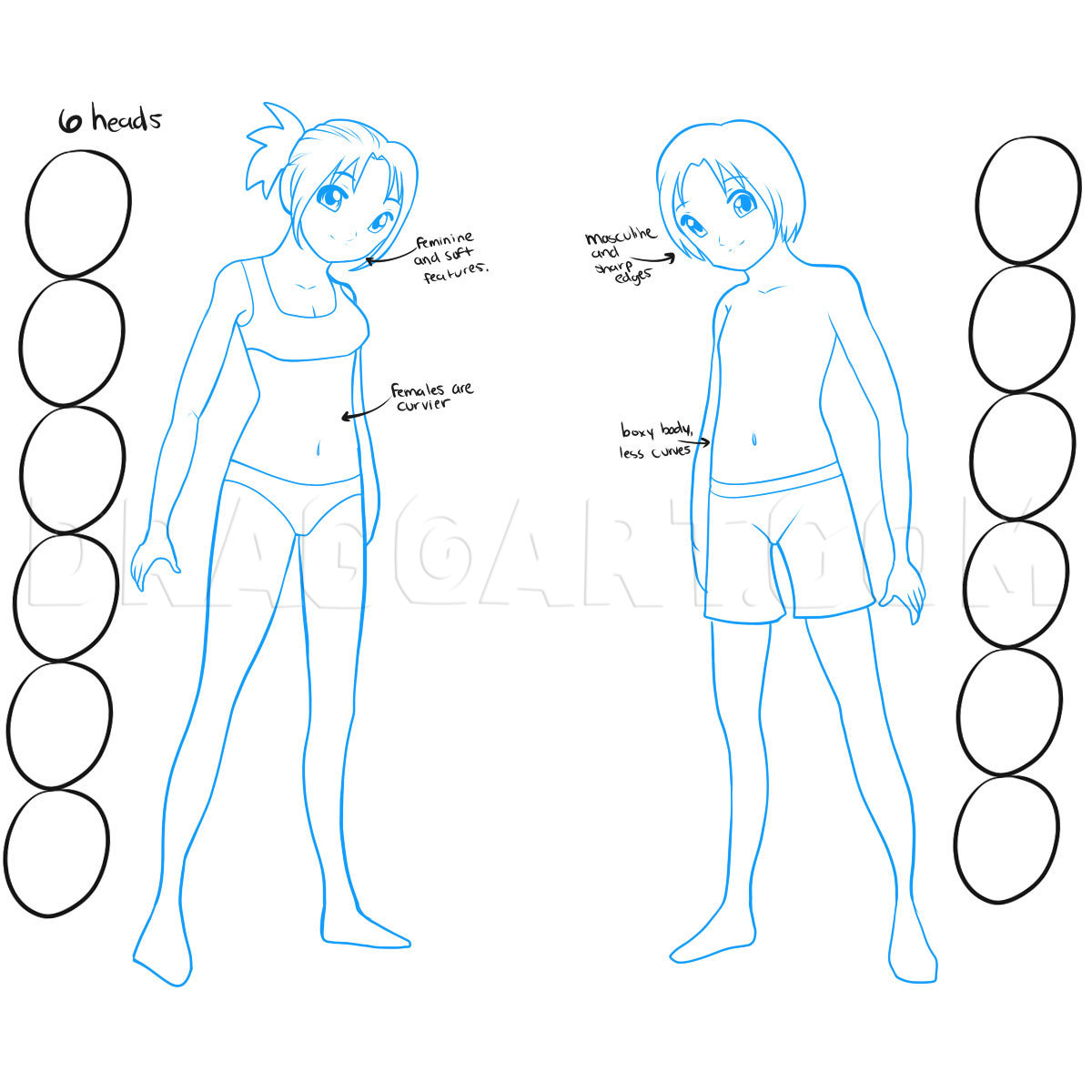 check full how to article: https://dragoart.com/tut/how-to-draw-japanese-anime-7725
check full how to article: https://dragoart.com/tut/how-to-draw-japanese-anime-7725
Dynamic poses portray human movement. They can be impressions of running, kicking, fighting, jumping, or other activities. If you are into the comic business or a professional sketching comic book characters, you will have to learn the art of drawing dynamic poses.
Although dynamic poses follow the same principles as most poses, there are some differences. While most of them have dynamics, dynamic poses will require some extra effort to portray the true meaning. It can sometimes push human anatomy limits to their boundaries.
For instance, comic artist Rober Marzullo indicated that superhero characters don’t rely on physics for their movement. These characteristics can provide freedom to artists to depict superheroes in any contortion or angle.
Likewise, viewers of comic books love to view different curves regardless of the reality. This opportunity opens up for exaggerating angles while drawing dynamic poses.
Since dynamic poses depict human movement, you can also find inspiration by sketching athletes. Sprinters, rock-climbers, high jumpers, and other outdoor sports enthusiasts can become the perfect model for artists. Likewise, you can check out boxers to sketch fighting poses.
Here are the points you need to remember while drawing human poses:
So can you get better at drawing poses? Yes! A bit of practice, understanding, and technique will undoubtedly hone your drawing skills.
I hope this guide has cleared most of your doubts. You can share your thoughts about which method you liked the most in the comment section.
You can also share this post with your friends and family who love sketching or share this guide to spread the message.
Comments will be approved before showing up.
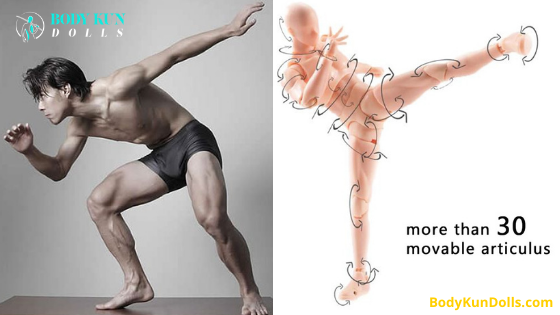
3 min read
You're still looking to find the perfect pose to practice your figurre drawing art?
We've collected the best 7 drawing reference sources you can find online free and paid, here we have listed each and everything that you will need in your art journey in this quick guide.
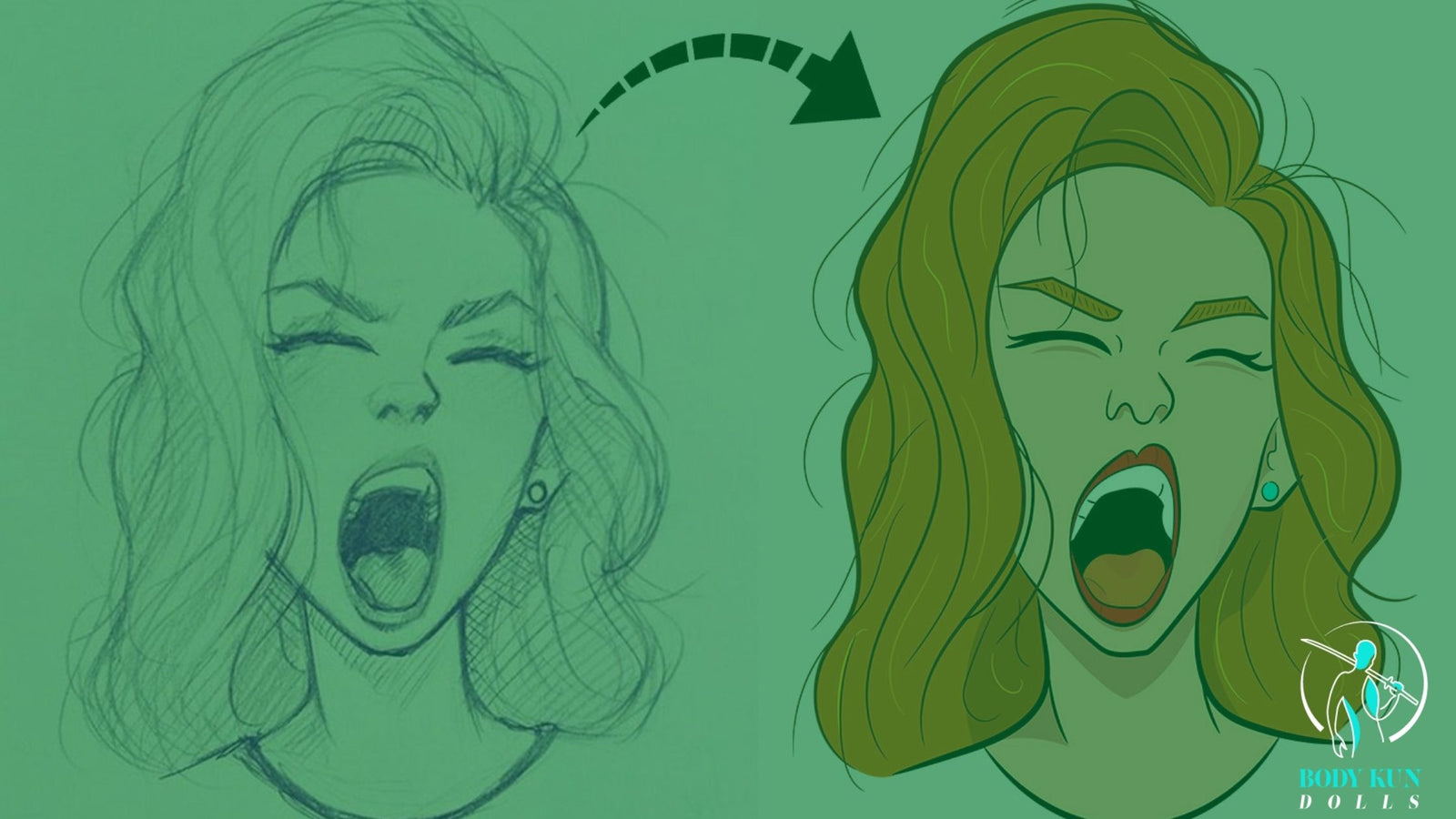
5 min read
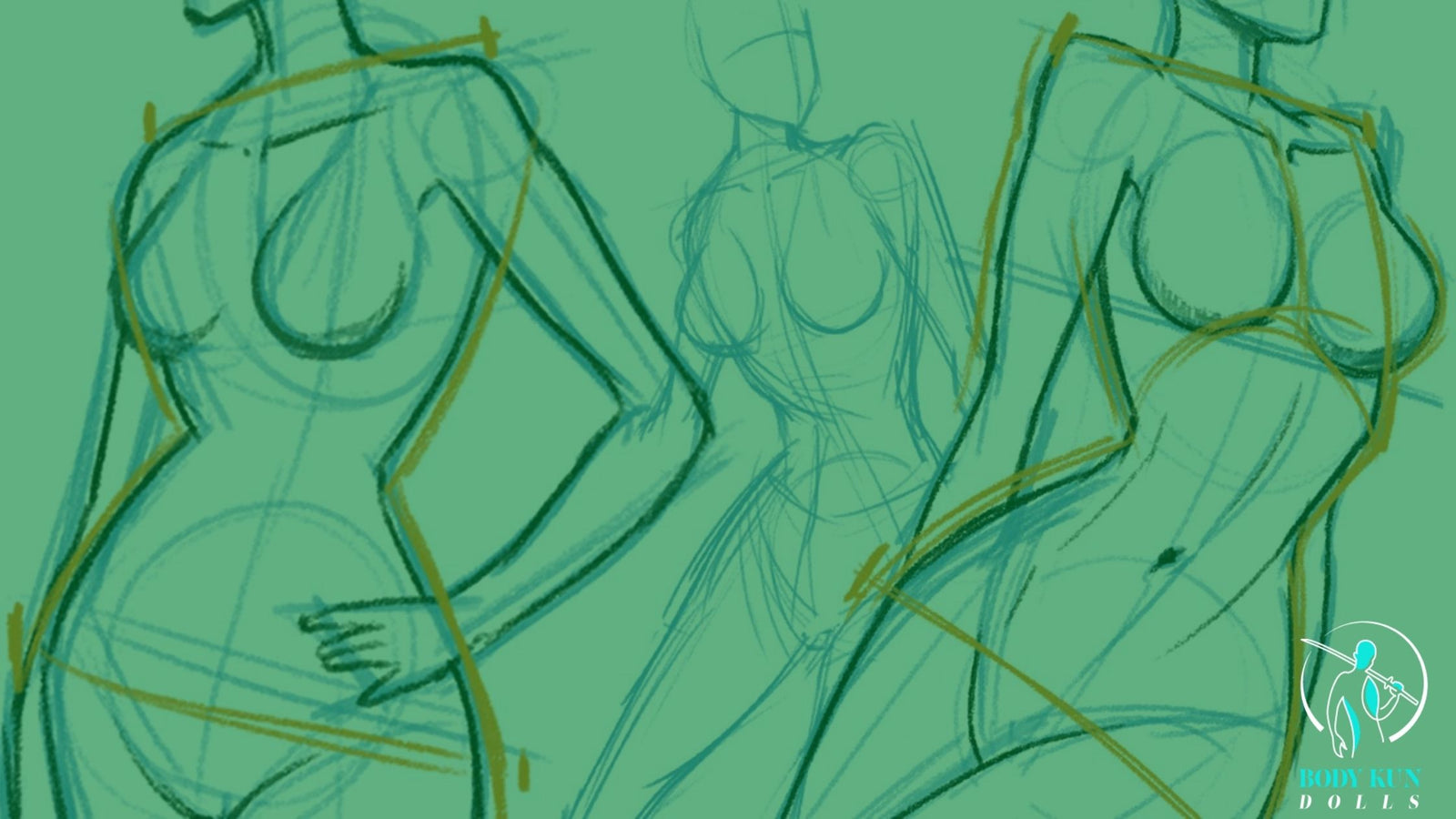
5 min read
Do you wish to learn how to draw a female body realistically? If yes, then this article is for you!
This tutorial will provide you with seven easy steps to help you create an impressive realistic female body.